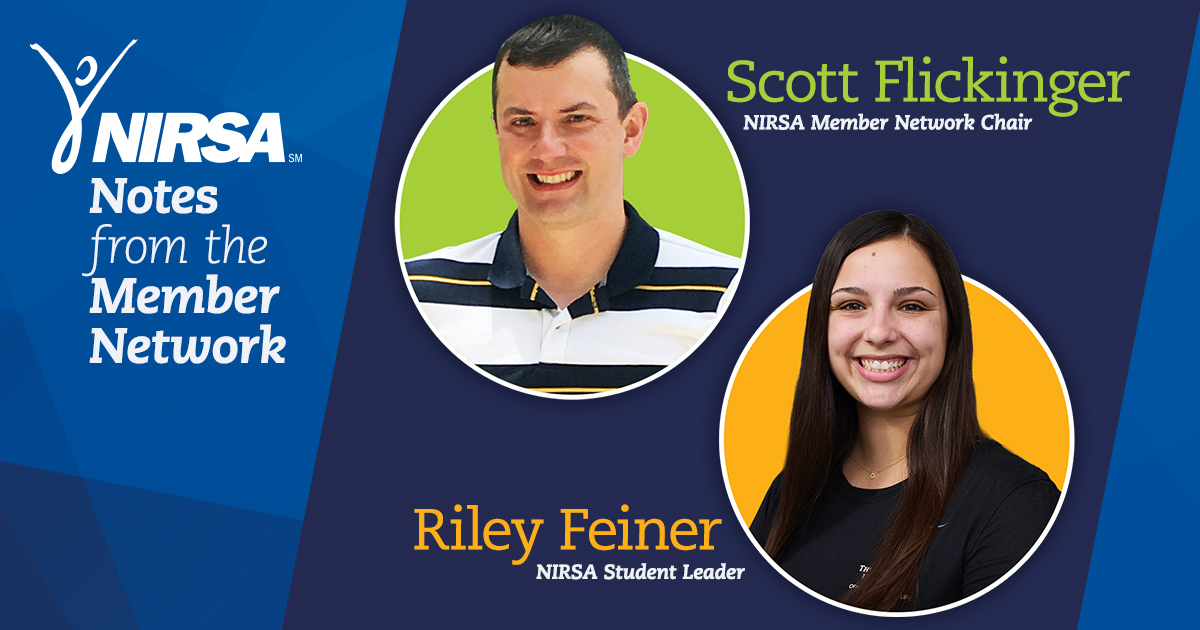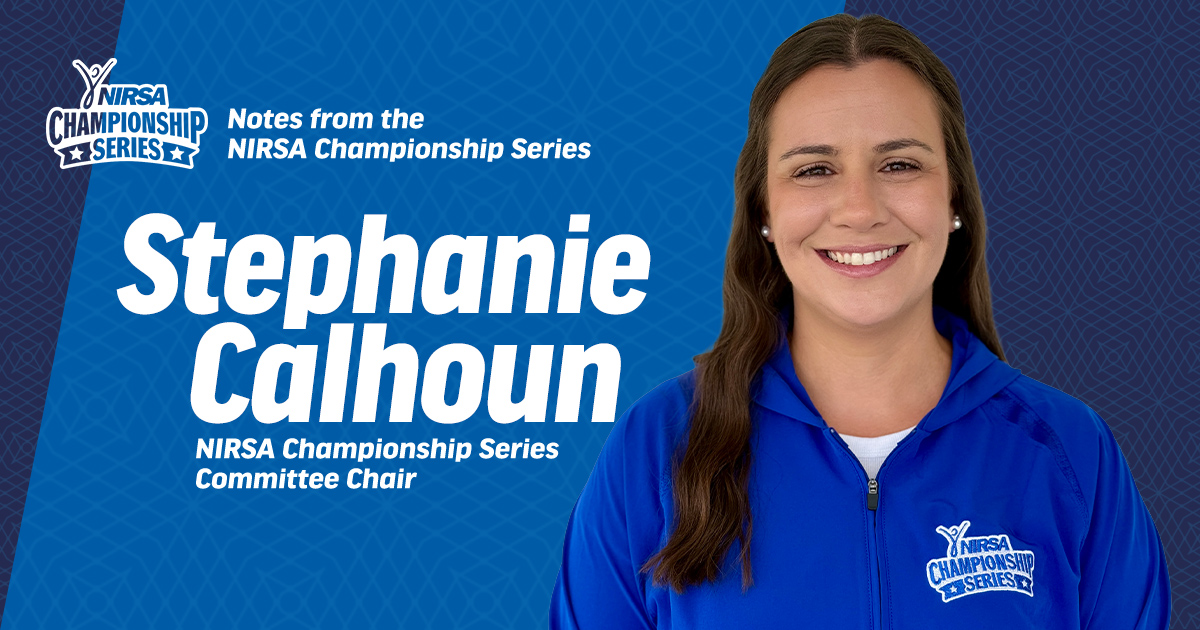This month we are going to get into the Recreational Sports Journal (RSJ) from the lens of how to best use this resource to access and engage with research in our field. Shoutout to Lexi Chaput, Senior Assistant Director of Sport Programs and Development at the University of Michigan, for her comment during a session at the 2024 NIRSA Conference that prompted me to write this article. She really knows how to get the most out of the RSJ as a practitioner—more about that below. In putting together these tips, I also spoke with Dr. Austin Anderson, Associate Professor of Clinical Medical & Molecular Genetics at Indiana University School of Medicine and the Editor in Chief of the RSJ.
RSJ platform tips
- First, did you know that all members have access to the RSJ? You can access the current issue and archive issues from NIRSA’s website. The RSJ access is probably my favorite member benefit given my job duties related to assessment and DEIJ.
- I recently discovered the “email alerts” feature which I highly recommend. You’ll get an email each time a new issue or new article is published, which I have found to be a nice reminder to get into the platform and see what research gold is waiting for me.
- When you are on the journal’s homepage, check out the “browse by” options. My favorites are the “most cited” and “most read” as it clues me into what my peers are reading and writing about the most. I tend to have research FOMO, so the feature helps alleviate those feelings with a click of a mouse.
Why use the RSJ
- Reviewing research findings can help you build evidence-based talking points about the impact and value of collegiate recreation to share when you are talking with potential donors or cross-campus collaborators. Those same talking points are likely to be impactful at orientation sessions and campus wellness fairs.
- Speaking of wellness, if you have recently moved under a recreation and wellness portfolio, research may be a great way to “break bread” with your new colleagues and share information to build understanding and collaboration between units.
- If you have not visited the RSJ recently, you might not know about a recent change the editorial board has implemented. The recent (April) issue and all issues moving forward will feature articles that have a practical implications section. Why does this matter? Well, I love research, but I sometimes struggle to read an article and grasp how to apply it to my work. This change by the RSJ Editorial Board ensures that each article will have a section to guide practitioners on applying the findings. One quick caveat here. Ideally, you are reading the full article. But, when time is short, skipping down to the practical implications section is a way to accelerate your learning as you make meaning of the research. However, be sure you consider what the researchers are telling you about the study’s limitations.
Take it to the next level
One more way you might consider using the RSJ is by creating a once-a-semester journal article discussion club over lunch. (Food is a highly recommended way to attract people to nerdy meetings.) Have each attendee pick an article to read—make sure everyone reads something different—and spend a long lunch sharing 3-5 key points from each article. I love an efficient approach to learning, and this approach is what my research professors used during my doctoral courses. You only need to read one article, but you get to hear about several more. And to be real about this, in an era where folks already are navigating workloads that are unrealistic, doing this once a semester and in an efficient manner makes this type of learning more approachable.
Yours in nerdiness,
EP
Erin Patchett, PhD., is currently the Director, Administration & Assessment for Campus Recreation at Colorado State University and the President for the NIRSA Board of Directors; you can email her at erin.patchett@colostate.edu.





